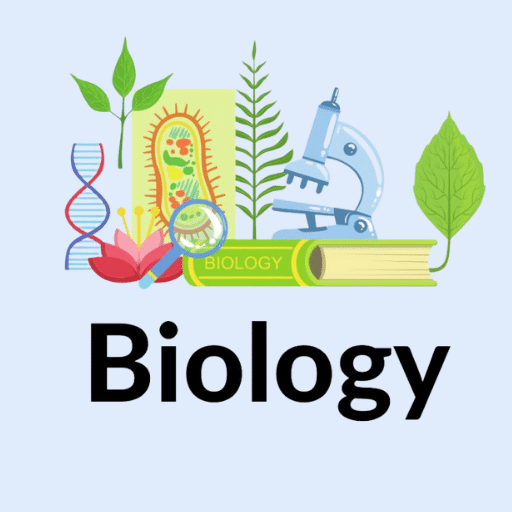Database - Class 10 PDF Download
Ref: https://edurev.in/question/787156/Needed-a-Video-for-introduction-to-database-Related-Information-Computer-Technology-Class-10-Notes
What is a Database?
Database is a systematic collection of data. Databases support storage and manipulation of data. Databases make data management easy. Let's discuss few examples.
An online telephone directory would definitely use database to store data pertaining to people, phone numbers, other contact details, etc.
Your electricity service provider is obviously using a database to manage billing , client related issues, to handle fault data, etc.
Let's also consider the facebook. It needs to store, manipulate and present data related to members, their friends, member activities, messages, advertisements and lot more.
We can provide countless number of examples for usage of databases .
What is a Database Management System (DBMS)?
Database Management System (DBMS) is a collection of programs which enables its users to access database, manipulate data, reporting / representation of data .
It also helps to control access to the database.
Database Management Systems are not a new concept and as such had been first implemented in 1960s.
Charles Bachmen's Integrated Data Store (IDS) is said to be the first DBMS in history.
With time database technologies evolved a lot while usage and expected functionalities of databases have been increased immensely.
Types of DBMS
Let's see how the DBMS family got evolved with the time. Following diagram shows the evolution of DBMS categories.

There are 4 major types of DBMS. Let's look into them in detail.
- Network DBMS - this type of DBMS supports many-to many relations. This usually results in complex database structures. RDM Server is an example of a database management system that implements the network model.
- Relational DBMS - this type of DBMS defines database relationships in form of tables, also known as relations. Unlike network DBMS, RDBMS does not support many to many relationships.Relational DBMS usually have pre-defined data types that they can support. This is the most popular DBMS type in the market. Examples of relational database management systems include MySQL, Oracle, and Microsoft SQL Server database.
- Object Oriented Relation DBMS - this type supports storage of new data types. The data to be stored is in form of objects. The objects to be stored in the database have attributes (i.e. gender, ager) and methods that define what to do with the data. PostgreSQL is an example of an object oriented relational DBMS.
FAQs on Database - Class 10
| 1. What is a database? |  |
| 2. What are the different types of databases? |  |
| 3. What is a relational database management system (RDBMS)? |  |
| 4. What is SQL and how is it used in databases? |  |
| 5. What are the advantages of using a database management system? |  |

























